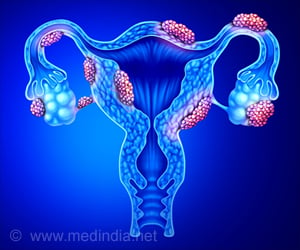AMA President, Dr Rosanna Capolingua, said the AMA recognises that women like to have options and choice in relation to maternity services .
AMA President, Dr Rosanna Capolingua, said the AMA recognises that women like to have options and choice in relation to maternity services but it was critical that those options were safe and medically supervised.
If and when women choose to access antenatal care and delivery without access to medical supervision and back up, then they must be fully informed about what that choice means to them and their babies.“We’re pleased to see that the Federal Government’s Maternity Services discussion paper released today already recognises that ‘unless such services can be developed in collaboration with GPs and obstetricians, there are potential safety risks’,” she said. The paper states that “today Australia is one of the safest in the countries in the world in which to give birth or be born.”
“Australia has seen a 35 per cent decrease in perinatal deaths over the past 35 years as a result of the excellent maternity care provided in this country under medical supervision.
“It is important that these good health outcomes are not compromised as a result of any changes to maternity services in Australia.”
Dr Capolingua said midwifery services operating independently and away from comprehensive medical care actually remove patient choice in complex or emergency situations.
“Women in these situations may not be able to get access to specialist obstetric, anaesthetic and paediatric care that they and their baby require.
Advertisement
Dr Capolingua said it was also essential that a doctor was available to examine a baby at birth and that midwives had access to comprehensive medical services if a mother or baby needed them.
Advertisement
“Rural Australia needs support back into its local hospitals so that midwives and doctors working together providing peri natal care have the facilities their patients need.”
The AMA said the ideal model for maternity services was a team-based approach which was women-centred, well co-ordinated and based on mutual respect and collaboration between obstetricians, GPs, nurses and midwives.
“Medical competencies and the skills of nurses and midwives should all be used appropriately in the interests of patient safety and high-quality family support. These arrangements should ensure that transfer of care in an emergency situation is as safe as possible.”
Dr Capolingua said the Government’s review provided a number of opportunities to enhance comprehensive patient care while ensuring that consolidation rather than fragmentation in maternity services was the goal.
“Any changes to the way care is currently delivered to pregnant women and their families must ensure that a high standard of care is maintained and that quality of care is not compromised. Women need to understand that studies have shown that their babies are three times more likely to die in a home birth compared to a birth in hospital.
“Future arrangements for maternity services in Australia should ensure that women are well informed about various options and their commensurate risks, particularly in relation to their own medical circumstances.”
Dr Capolingua warned that progressing down the ‘New Zealand path’ - babies are not seen by doctor for sometimes 18 months after the birth - was not the way we wanted to go in Australia.
The AMA looked forward to being actively involved in the consultation and discussion process for the Maternity Services Review.
Source-BMJ
SPH








